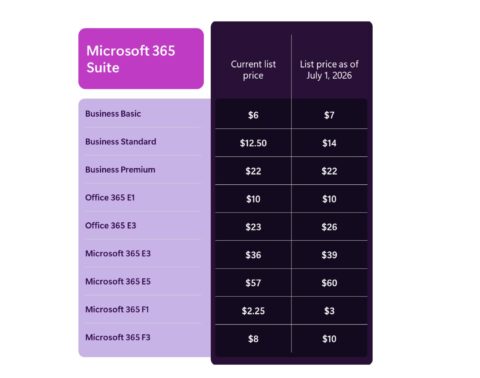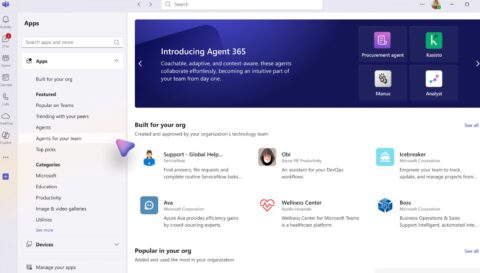Updated: April 8, 2024 (December 5, 2023)
BlogMicrosoft confirms Windows 10 Extended Security Updates are coming in 2025

Microsoft will no longer provide support for Windows 10 after October 14, 2025. However, the company will make available a yearly subscription for critical or important security fixes for Windows 10 customers who can’t or won’t be off Windows 10 by that date. As was the case with Windows 7, these ESUs for Windows 10 will be available for purchase for three years.
In addition to making ESUs for Windows 10 available to businesses, Microsoft also plans to make them available to individuals who enroll their PCs in the paid Extended Security Updates (ESU) subscription program. Microsoft officials said they will provide more details on how this will work for both businesses and individuals “at a later date.”
As Microsoft announced earlier this year, Windows 10 22H2 is the final version of Windows 10. Customers running this version will get monthly security updates (and, on rare occasions, new features, such as Windows Copilot) through October 14, 2025. Those running Windows 10 IoT Enterprise and Windows 10 IoT Enterprise Long-Term Servicing Channel will remain in support longer as those editions have different life cycles.
Microsoft is encouraging customers with PCs that don’t support the hardware requirements for Windows 11 to buy new PCs now or subscribe to Windows 365/Cloud PC. Those subscribed to Windows 365 will be able to continue to use Windows 10 on their local devices with security updates provided for no additional cost three years beyond the October 14, 2025, support cutoff. Those running a Windows 10 instance in an Azure Virtual Desktop also will get ESUs for no additional charge.
ESUs will provide a Microsoft-chosen set of security updates designated as important or critical but will not include any customer-requested non-security updates or technical support.
Microsoft officials said they’d provide more licensing and pricing details closer to the Windows 10 end-of-support cutoff date. In the case of Windows 7 ESUs, Microsoft charged an annual per-device fee that doubled each year, starting at $50 USD per device for coverage from January 2020 to January 2021. Customers with Windows Enterprise User Subscription Licenses and those with active Software Assurance on Windows Enterprise Per-Device licenses got a 50 percent discount on these prices.
But What About ‘Windows 12’?
Microsoft is believed to be providing ESUs for Windows 10 because a substantial number of businesses and consumers are still running it. Whether it was due to Microsoft’s more stringent hardware requirements or change in UI/UX (or both) with Windows 11, adoption of Windows 11 is believed to be slow. Microsoft has not released any official numbers on how many PCs are running Windows 11 two years after its release. Windows Central reported in October 2023 that about 400 million PCs were running Windows 11, meaning more than half are still running Windows 10.
Microsoft officials didn’t offer any guidance today about what comes after Windows 11. There are growing rumors that Microsoft will release some kind of new version of Windows in 2024 — something which may (or may not) be called “Windows 12.” This could affect organizations’ Windows 10 upgrade plans, as some might think they can save a step by going straight from Windows 10 to Windows 12.
I asked Microsoft again this week if it would offer customers any guidance on whether a new version of Windows will ship next year and whether it will supersede Windows 11. A spokesperson said the company “has nothing further to share.” The latest Windows 12 rumors indicate that Microsoft could deliver a version of Windows tailored for “AI PCs” with neural processing units (NPUs). Could this mean the alleged new version of Windows might exist alongside Windows 10 and 11? Maybe?
Despite the availability of ESUs, Directions on Microsoft Analyst Michael Cherry recommends that organizations and people do not look at ESUs as a mechanism to extend the life of all the devices they have, but rather, use them sparingly for those devices that cannot be upgraded due to some critical or unique circumstance. There are risks and costs for not staying current that ESUs do not address, and organizations still need to watch that new devices they acquire can run Windows 11 as well as address coming features that may need additional processing power.
Related Resources
Microsoft: Prepare for Windows 10 End of Service with ESUs
Windows 10: T-24 and Counting (Directions Members Only)
How Microsoft Handled Windows 7 ESUs (Directions Members Only)
Report: Windows 11 is active on almost half a billion devices















